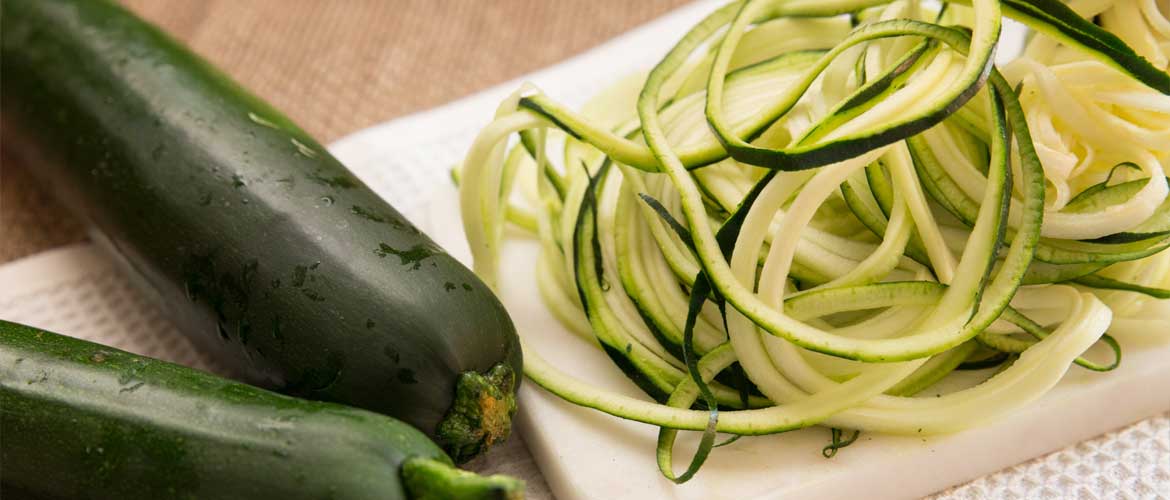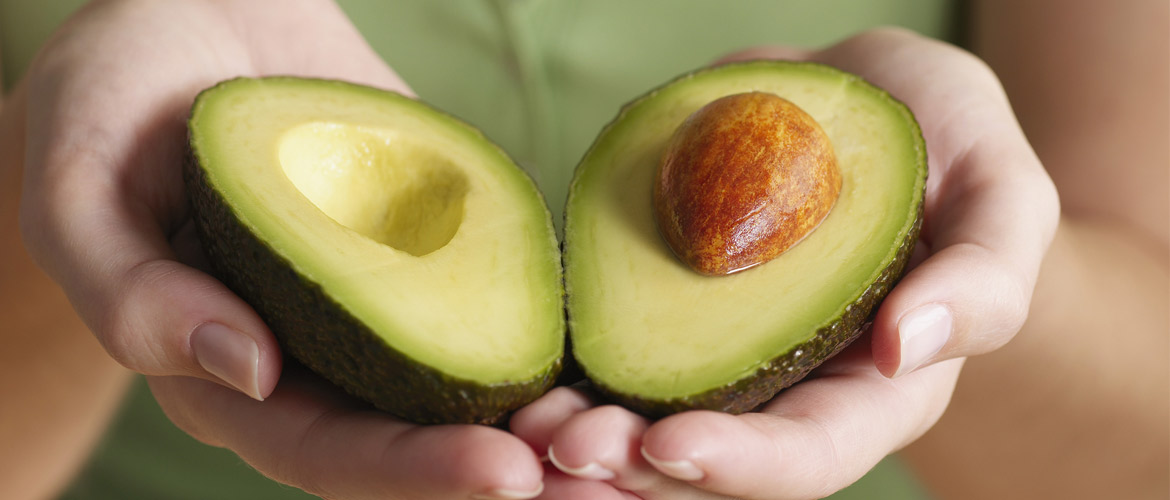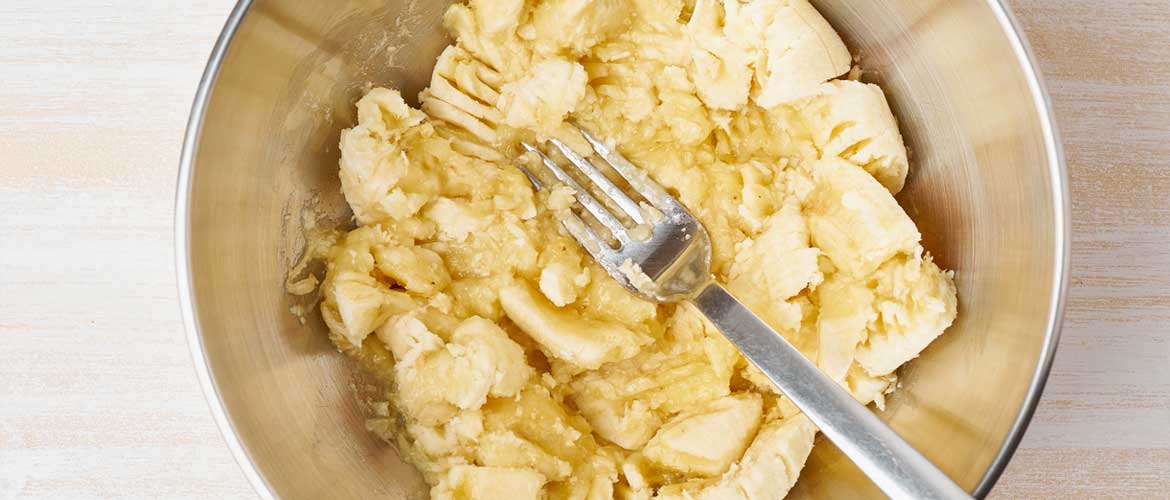November 13, 2023
Maintaining a balanced and nutritious diet doesn't mean sacrificing flavor and satisfaction. Instead, it's about making smart choices; and one effective way to do that is by swapping out less healthy ingredients for healthier alternatives.
These fourteen ingredient swaps not only enhance the nutritional value of your meals but also contribute to your overall well-being. Let's dive into some easy and delicious healthy ingredient swaps that can transform your favorite dishes.
1. Greek Yogurt for Sour Cream
Greek yogurt is a much healthier substitute for sour cream, and it can be used as a one-to-one replacement in most recipes like dips, sauces, dressings and baked goods. As a sour cream substitute, Greek yogurt has fewer calories and contains more protein and probiotics, which can help support a healthy digestive system. Learn more about the importance of a healthy gut and how to maintain it.
2. Olive Oil for Butter
Rather than using butter, olive oil is a more nutritious option that provides a subtle flavor to meals. It is packed with beneficial monounsaturated fats, which can help lower cholesterol. To replace butter with olive oil in a recipe, use the same amount of olive oil as you would butter. For example, if the recipe calls for one tablespoon of butter, use one tablespoon of olive oil instead.
3. Coconut Oil for Canola Oil
Coconut oil is a great alternative to canola oil, and it adds a nice hint of coconut flavor to dishes. Coconut oil is a healthier option because it contains fewer trans fats than canola oil and contains high levels of lauric acid, which is known for its antiviral and antibacterial properties.
4. Honey or Maple Syrup for Sugar
Instead of white or brown sugar, try using natural sweeteners like honey or maple syrup which are packed with antioxidants. These options add a hint of sweetness along with unique flavors. Keep in mind that they are still sugar sources, so use them in moderation. If you must choose between the two, then maple syrup is the option with the least amount of sugars, calories and carbohydrates per serving.1
5. Zucchini Noodles for Regular Pasta

If you're watching your carb intake, vegetable noodles can be a game-changer. Spiralized zucchini make excellent alternatives to traditional pasta. They're lower in calories and carbs while providing an extra serving of veggies.
6. Applesauce for Oil or Butter
Applesauce is low in fat and calories, making it a healthier alternative to oil and butter for baking. It also contains a variety of nutrients such as vitamins A and C, potassium and iron. Applesauce also contains dietary fiber, which can help support digestive health. By substituting oil or butter with applesauce in baking, you can reduce the overall fat and calories in your recipes, while still maintaining a moist and delicious texture. This substitution works great in banana bread and even boxed mixes.
7. Evaporated Milk for Cream
It has a slightly lower fat content than cream, providing a healthier alternative. Evaporated milk also has a longer shelf life than cream, making it a convenient option for baking and cooking.
8. Quinoa for White Rice
Quinoa is a great substitute for white rice. It is packed with protein and fiber and is a great source of essential vitamins and minerals.
9. Avocado for Mayonnaise

Avocado is a healthier alternative to mayonnaise because it contains healthy fats and is lower in calories. It also contains vitamins, minerals and antioxidants, which can help protect your heart health.2
Try it out: Make an avocado sauce by blending avocado, a bit of olive oil, garlic, lime juice and salt. Use this to top your sandwiches, tacos or wraps.
10. Jackfruit for Meat
Jackfruit is naturally high in fiber, vitamins and minerals, and it is a good source of protein. Plus, it is a low-calorie food that is packed with flavor and texture. Jackfruit has a chewy, meat-like texture and can be used in a variety of recipes.3 Check out these other meatless meals recipes.
11. Nutritional Yeast for Cheese
Nutritional yeast is a vegan-friendly, cheese-flavored ingredient packed with B vitamins and protein. It's a great option for adding a cheesy flavor to dishes like popcorn, pasta or casseroles without the saturated fat and cholesterol found in dairy cheese.
12. Wheat Flour for White Flour
Whole wheat flour is packed with fiber, vitamins and minerals, while white flour is stripped of most of its nutritional value and can spike blood sugar levels. If you're baking with whole wheat flour, you may need to add a little more liquid to the recipe.
13. Mashed Bananas for Oil

Mashed bananas are a great substitute for oil in baking recipes, as they keep the same moist texture while adding natural sweetness. Bananas have a lower fat content and are a good source of potassium, vitamin B6, vitamin C and dietary fiber – all of which provide nutritional benefits.
14. Cottage Cheese for Cheese
If you're looking for a way to reduce the amount of cheese you eat, cottage cheese may be a great alternative. Cottage cheese is lower in fat and calories while still providing a creamy texture and great taste. Cottage cheese is also a good source of protein, calcium and vitamin B-12. You can use cottage cheese as a substitute for many types of cheese, including ricotta, feta and queso fresco. To substitute cottage cheese for another type of cheese, you can simply mix cottage cheese with some seasonings and spices to give it the desired flavor.
Try it out: For a healthier version of macaroni and cheese, try using cottage cheese instead of the traditional cheese sauce. Simply mix cooked macaroni noodles with blended cottage cheese, butter and a dash of salt and pepper. This dish is a great way to add protein to your meal.
Incorporating these healthy ingredient swaps into your cooking and baking can contribute to better nutrition without sacrificing taste. Experiment with these alternatives to find the ones that work best for your palate and dietary preferences. By making mindful choices in the kitchen, you can take significant steps toward a healthier and more balanced diet. Remember, small changes can lead to big improvements in your overall health and well-being. So, start swapping today and savor the benefits of a more nutritious and delicious lifestyle!
References:
1 National Library of Medicine: Sugar. Accessed September 12, 2023.
2 U.S. Department of Agriculture: Avocados, raw, all commercial varieties. Accessed September 12, 2023.
3 National Library of Medicine: Nutritional and Health Benefits of Jackfruit. Accessed September 12, 2023.
